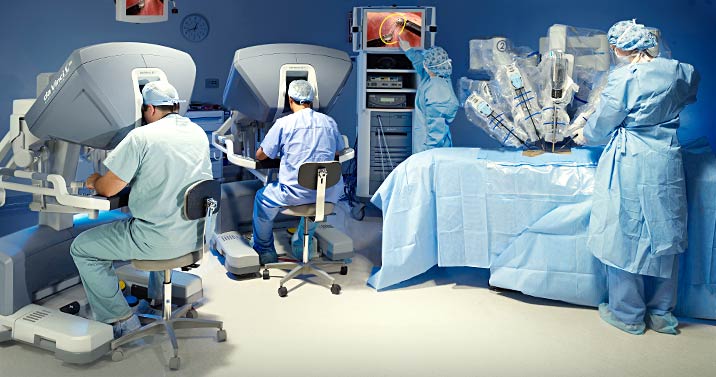

The FDA is recommending that medical device manufacturers and health care facilities take steps to assure that appropriate safeguards are in place to reduce the risk of failure due to cyberattack, which could be initiated by the introduction of malware into the medical equipment or unauthorized access to configuration settings in medical devices and hospital networks.

Many medical devices contain configurable embedded computer systems that can be vulnerable to cybersecurity breaches. In addition, as medical devices are increasingly interconnected, via the Internet, hospital networks, other medical device, and smartphones, there is an increased risk of cybersecurity breaches, which could affect how a medical device operates.
Recently, the FDA has become aware of cybersecurity vulnerabilities and incidents that could directly impact medical devices or hospital network operations, including:
Network-connected/configured medical devices infected or disabled by malware;
The presence of malware on hospital computers, smartphones and tablets, targeting mobile devices using wireless technology to access patient data, monitoring systems, and implanted patient devices;
Uncontrolled distribution of passwords, disabled passwords, hard-coded passwords for software intended for privileged device access (e.g., to administrative, technical, and maintenance personnel);
Failure to provide timely security software updates and patches to medical devices and networks and to address related vulnerabilities in older medical device models (legacy devices);
Security vulnerabilities in off-the-shelf software designed to prevent unauthorized device or network access, such as plain-text or no authentication, hard-coded passwords, documented service accounts in service manuals, and poor coding/SQL injection.

The FDA is not aware of any patient injuries or deaths associated with these incidents nor do we have any indication that any specific devices or systems in clinical use have been purposely targeted at this time.
The FDA has been working closely with other federal agencies and manufacturers to identify, communicate and mitigate vulnerabilities and incidents as they are identified.
Recommendations/Actions:
Many medical devices contain configurable embedded computer systems that can be vulnerable to cybersecurity breaches.
For all device manufacturers:
Manufacturers are responsible for remaining vigilant about identifying risks and hazards associated with their medical devices, including risks related to cybersecurity, and are responsible for putting appropriate mitigations in place to address patient safety and assure proper device performance.
The FDA expects medical device manufacturers to take appropriate steps to limit the opportunities for unauthorized access to medical devices. Specifically, we recommend that manufacturers review their cybersecurity practices and policies to assure that appropriate safeguards are in place to prevent unauthorized access or modification to their medical devices or compromise of the security of the hospital network that may be connected to the device.‚ The extent to which security controls are needed will depend on the medical device, its environment of use, the type and probability of the risks to which it is exposed, and the probable risks to patients from a security breach.
In uating your device, consider the following:
Take steps to limit unauthorized device access to trusted users only, particularly for those devices that are life-sustaining or could be directly connected to hospital networks.
Appropriate security controls may include: user authentication, for example, user ID and password, smartcard or biometric; strengthening password protection by avoiding hard-coded passwords and limiting public access to passwords used for technical device access; physical locks; card readers; and guards.
Protect individual components from exploitation and develop strategies for active security protection appropriate for the devices use environment. Such strategies should include timely deployment of routine, validated security patches and methods to restrict software or firmware updates to authenticated code. Note: The FDA typically does not need to review or approve medical device software changes made solely to strengthen cybersecurity.
Use design approaches that maintain a devices critical functionality, even when security has been compromised, known as fail-safe modes.
Provide methods for retention and recovery after an incident where security has been compromised.
Cybersecurity incidents are increasingly likely and manufacturers should consider incident response plans that address the possibility of degraded operation and efficient restoration and recovery.
Be a part of Elets Collaborative Initiatives. Join Us for Upcoming Events and explore business opportunities. Like us on Facebook , connect with us on LinkedIn and follow us on Twitter , Instagram.












